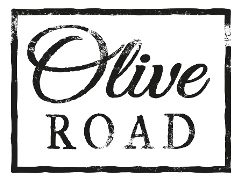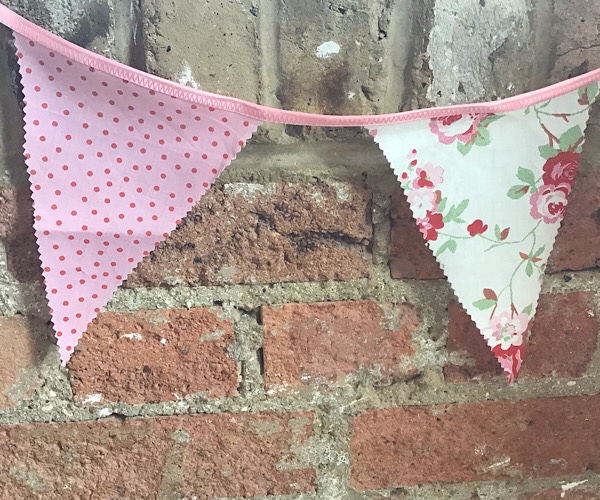
An Easy Fabric Scrap Busting Project
Bunting is a fun way to use up odds and ends of vintage fabric and dressmaking offcuts. A great project for beginner sewers.
Materials
- Apx half metre of fabric, or use up fabric scraps to make bunting in various sizes, shapes, prints and colours
- 3m (9ft) of bias binding, 2.5cm in depth folded or 5cm unfolded
- Cardboard or thick paper to make a template

Equipment
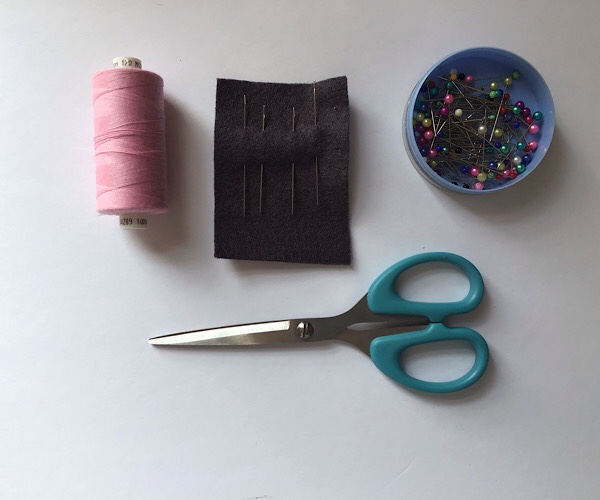
- Fabric scissors / Pinking shears (optional)
- Paper scissors
- All sew thread
- Felt tip or fabric marker
- Dressmaker pins
- Sewing needle if not using a sewing machine
How to Sew Bunting
Cut a template from cardboard. Draw a triangle 14cm across x 19cm down the centre. Cut out using paper scissors. Use this to draw around the fabric. Cut out the fabric around the pen line using fabric scissors or pinking sheers if you have them. Pinking sheers prevents the fabric from fraying.
16 triangles of this size makes around 3m (9ft) of bunting.
If you don’t have pinking sheers, sew around each triangle, approximately 5mm from the edge. The fabric will fray slightly but only to this stitched edge.
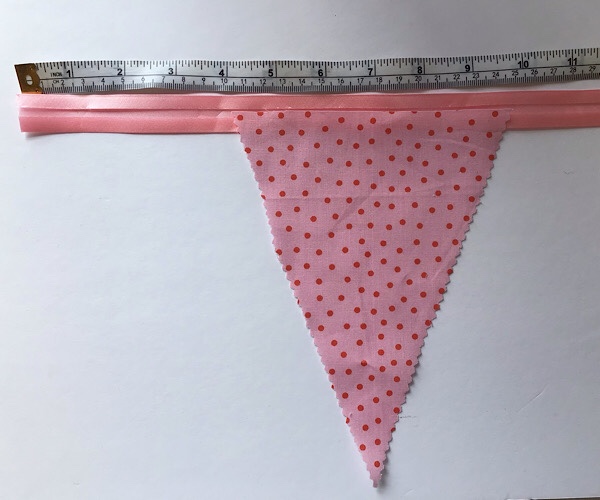
Lay the bias binding flat and open out. Place one triangle 10cm from the edge of the bias binding. Line up the top edge of the triangle in the centre width of the bias binding
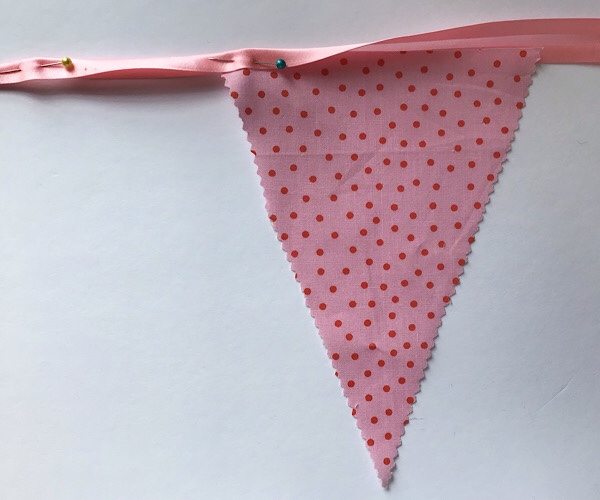
Fold over the top edge of the bias binding to meet the bottom edge. Start at the end and continue over the triangle. Pin as you go.
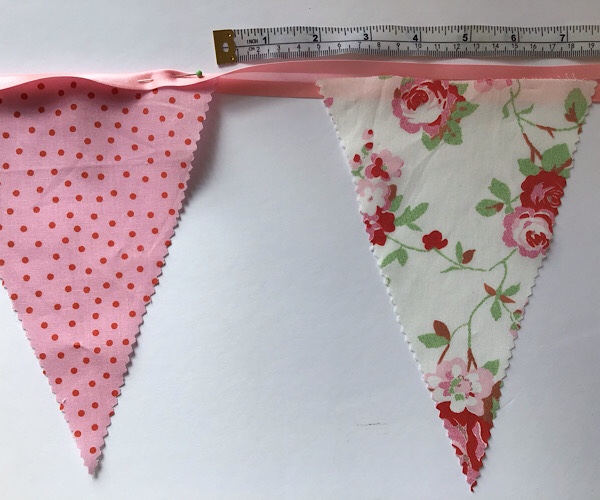
Measure 5cm from the right edge of the first triangle. Place the next triangle on the bias binding, the same as the first. Continue to fold over the bias binding and pin as you go. Repeat these steps with the remaining triangles. Leave 10cm at the end after pinning the last triangle. This helps pin it up when finished.
The next step is quicker if you have a sewing machine.
It is possible to hand sew. Start along the open edge of the bias binding using a back stitch. Click here for a video tutorial on how to back stitch.
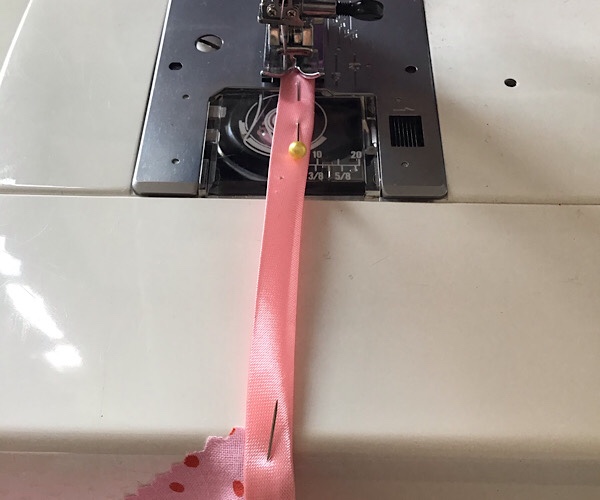
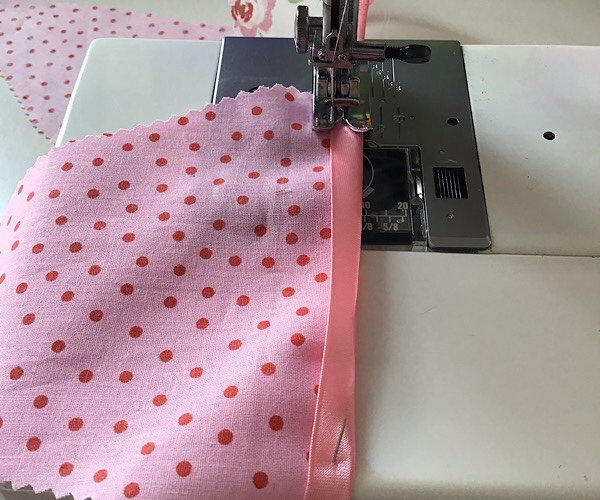
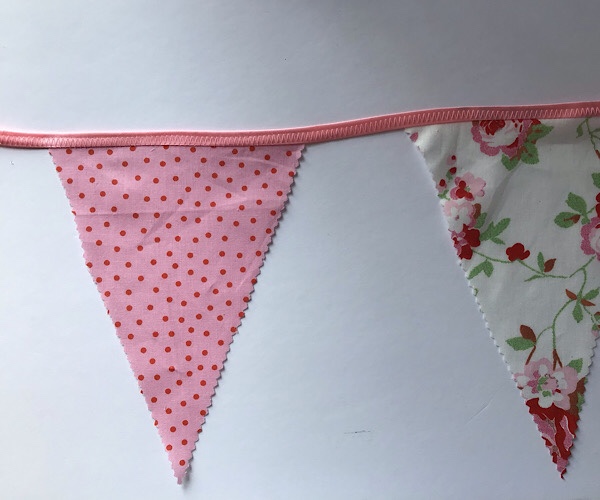
Get creative with different shapes, sizes and fabrics. If you prefer double sided bunting, add 1cm seam allowance to the triangles when you cut them out. Place right sides together and sew along the narrow edges, pivoting at the point of the triangle. Don’t sew along the top flat edge. Turn right side out, place raw long edges of triangle along bias binding as the beginning of these instructions.
Happy Sewing!
